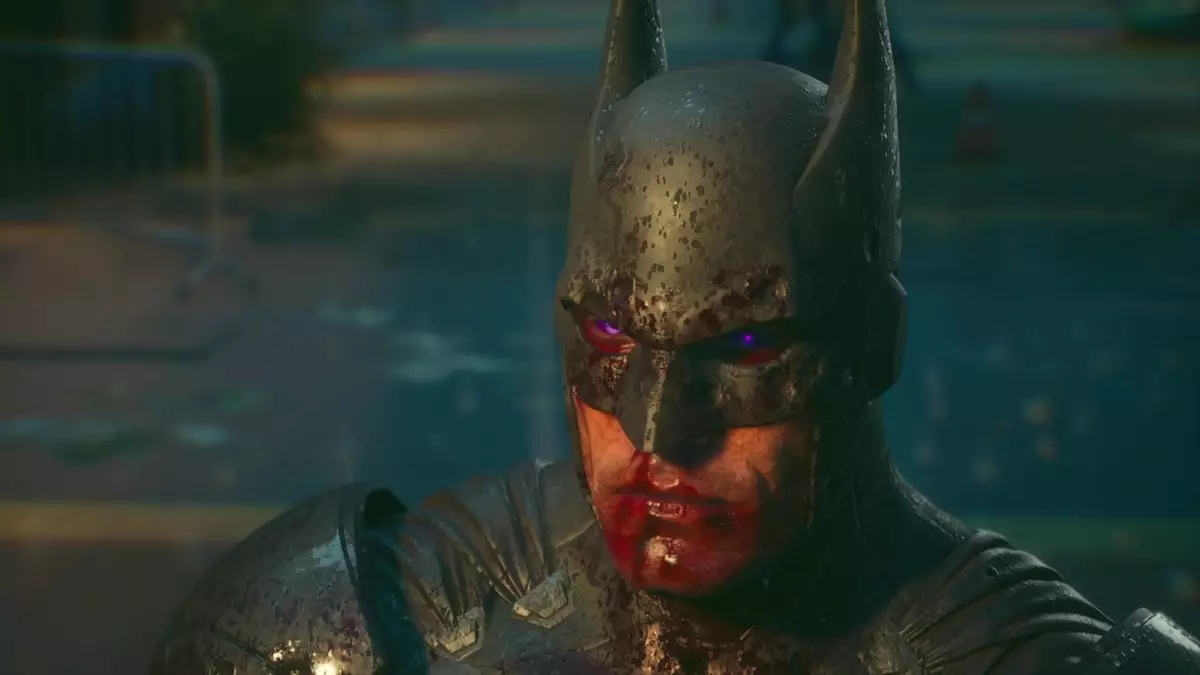Suicide Squad: Kill the Justice League was anticipated as a riveting addition to the world of DC video games, yet its release failed to resonate with both fans and critics alike. With its overstated ambition falling flat, the game leaves behind a trail of disappointment, especially evident in its underwhelming conclusion. This article delves into the game’s shortcomings, particularly the narrative structure and its unexpected resolution, illuminating why it failed to gain acclaim, and how such decisions ultimately spoiled its potential.
On paper, Kill the Justice League presented a tantalizing premise: the notion of the Suicide Squad—a motley crew of antiheroes—taking on iconic members of the Justice League promised a whirlwind of action and intrigue. However, the execution left much to be desired. Critics cited repetitive mission designs and a convoluted combat system that hindered gameplay experience. This dissatisfaction among gamers is echoed in various reviews that highlight how a push towards a cooperative live-service model detracted from the game’s potential strengths.
The trend of live-service games, while innovative, risks alienating players who seek a more fulfilling narrative experience. In retrospect, a game like Kill the Justice League required careful handling of its story elements, especially given its attempt to blend gritty themes with superhero dynamics. Instead, the outcome felt disjointed and mechanical, depriving players of a cohesive gaming experience.
One of the bold storytelling choices involved the game’s depiction of Batman’s demise. The graphic elision of such a significant character could have served as a powerful narrative tool, providing emotional resonance and narrative stakes. However, the two-minute comic strip that ultimately invites a retelling of this moment diminishes its impact entirely. The revelation that the Batman who met his end was a clone strips away not just the gravity of the act, but also the significance of the game’s overarching conflict.
Comic book narratives often hinge on the resurrection of beloved characters, yet this particular resolution strikes a note of cliché—an eye-rolling ploy that does little to enhance the storytelling. It trivializes any emotional investment players might have had in this iteration of the Justice League’s confrontation. As commentary suggests, even amidst the chaos of a failed game, the idea that the stakes weren’t genuine is particularly disappointing.
Narrative climax is vital in shaping a player’s connection with the story’s trajectory. The choice of a comic-strip format for the game’s resolution has been met with mixed feelings. While comic cutscenes can work effectively for games rooted in the comic book medium, relying solely on this for a pivotal narrative conclusion feels anticlimactic. After investing numerous hours into the gameplay, to wrap up the experience with a motion comic feels unfulfilling, especially considering the expectations built around blockbuster titles.
Moreover, the dwindling player count post-launch indicates a failure not only in engagement but also in sustained interest in the broader narrative. Following an initial flash of enthusiasm, the game’s lack of appeal appears disheartening. What should have been a triumphant celebration of characters has instead become a cautionary tale—highlighting the potential pitfalls when creative risks do not pay off as intended.
As the dust settles on the chaotic landscape that is Suicide Squad: Kill the Justice League, the broader implications for future DC video games need to be scrutinized. The reliance on heavy-handed tropes, failure to deliver on emotional stakes, and unfulfilling resolutions may serve as valuable learning curves for game developers. Striking a balance between innovation and narrative poignancy remains essential for capturing and maintaining player interest.
The legacy of this title need not be one of failure alone; instead, it should spark a conversation about the types of stories that ought to be told within the realm of superhero gaming. Engaging narratives that respect player investment and emotional engagement are crucial for creating a lasting and impactful gaming experience. In the end, as the gaming community looks to the future, a genuine understanding of storytelling dynamics, combined with clusters of technical prowess, may yet redeem the DC gaming franchise.

